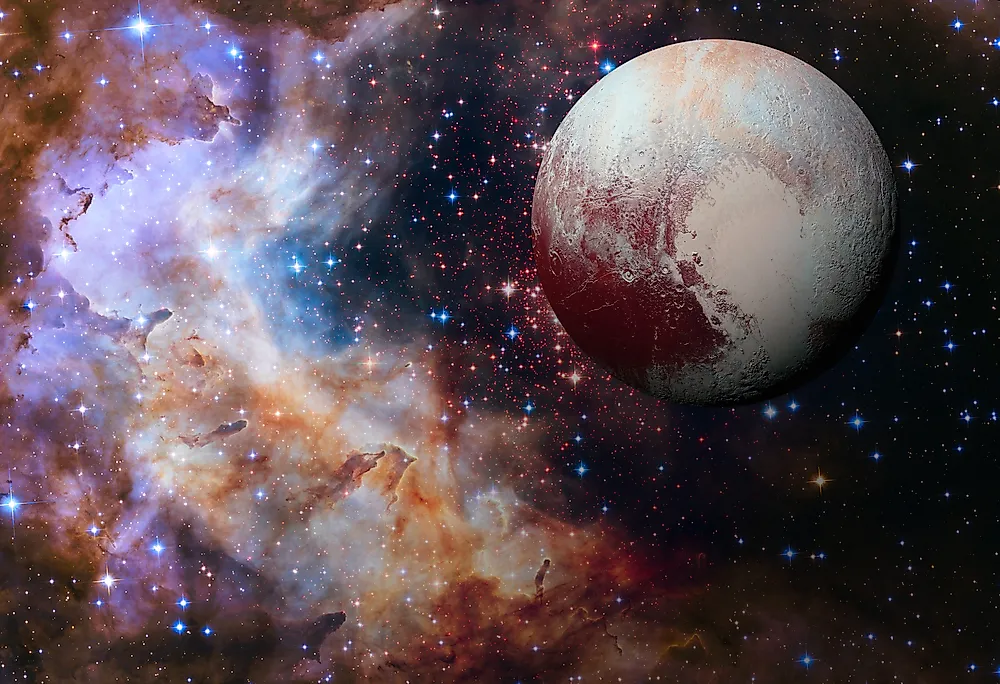What And Where Is The Kuiper Belt?

The Kuiper Belt is a region beyond Neptune that is occupied by icy bodies. The region holds trillions of remnants of the solar formation. Before the discovery of the icy region, Gerard Kuiper had predicted that an asteroid region might exist on the outer region of the solar system due to the high number of asteroids originating from that region. It was not until 1992 when Jane Luu and Dave Jewitt discovered the region. The Belt lies between 2.5 to 4.5 billion miles from the sun. The Kuiper belt resembles the asteroid belt that lies between Mars and Jupiter but instead of the rocky asteroids; it contains icy asteroids. Researchers claim that the belt holds thousands of bodies that span for more than 62 miles in diameter alongside trillions of smaller objects. The region is also known to contains dwarf planets including Pluto. A dwarf planet is a round space object that is too large to be considered an asteroid but too small to be considered a planet. They have odd orbits and lie among a cluster of space objects, unlike normal planets which clear their surroundings.
Kuiper Belt Formation
During the solar formation, gases, rocks, and dust piled up together to form the planets and the sun. As the sun spun around the sun, the remaining debris was swept into the planets, the sun or out of the solar systems. Bodies further from the sun experienced a low gravitational pull from the sun and remained safe. The Nice Model theory claims that the belt formed closer to the sun than what it lies today but was pulled further away as Neptune and Uranus engaged in a pull and push dance. At a point in history, Pluto was considered a planet, but it failed the planetary test and was downgraded to a dwarf planet. After Jewitt and Luu discovered the slow-moving objects, researchers focused on the region beyond Neptune and discovered that it was filled with trillions of slow-moving space objects. In 2005 astronomers claimed to have discovered an object larger than Pluto only to realize that it was a bit smaller. Objects in the Kuiper belt are a challenge to observe from the earth due to the distance and size.
The New Horizons mission launched by NASA flew by Pluto in 2015 and is expected to reach the Kuiper Belt by January 2019.
Kuiper Belt Facts
- The belt contains trillions of objects some of which are more than 62 miles in diameter
- Pluto is the largest known object in the Kuiper Belt.
- It is estimated that there are 100 million small objects that are less than 20 km or less.
- The New Horizon Mission became the first manmade object to reach Pluto and is set to reach the Kuiper belt in early 2019.
- Other solar systems with orbiting planets have portrayed debris regions similar to the Kuiper Belt.











